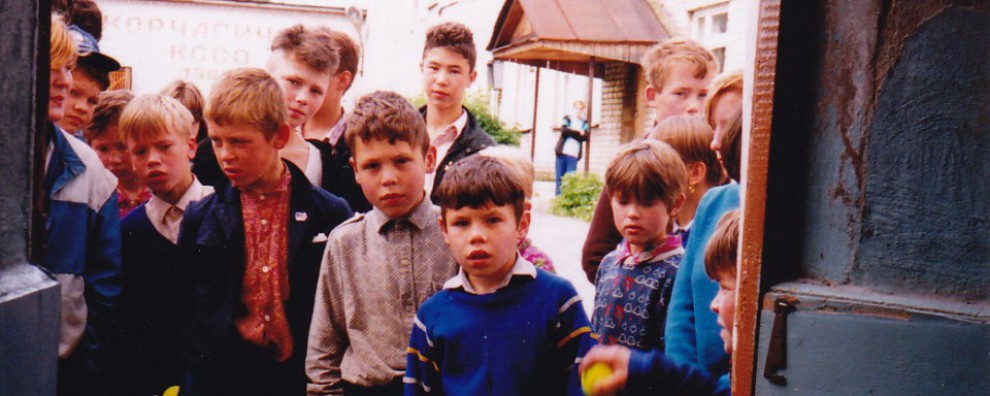Here is a Cultural Literacy worksheet on the Loch Ness Monster, a subject of no small fascination for me when I was a child in school (which is why I have tagged it as high-interest material, which I suspect it will still be for a certain type of elementary school student). This is a half-page worksheet with a two-sentence reading, both longish compounds, so you may want to take a look at them if you have emergent readers or English language learners on your hands, and three comprehension questions.
Somewhere along the line, I gathered the impression that Nessie, as the monster is affectionately known, was definitively disproved as a hoax. The reading in this document does not mention it, nor, particularly, does the Wikipedia page for the Loch Ness Monster. (The page, at its bottom, however, does warn that the article “…may lend undue weight to fringe sources and hypotheses.” For my part, I remain–mostly–agnostic.)
If you find typos in this document, I would appreciate a notification. And, as always, if you find this material useful in your practice, I would be grateful to hear what you think of it. I seek your peer review.

You must be logged in to post a comment.